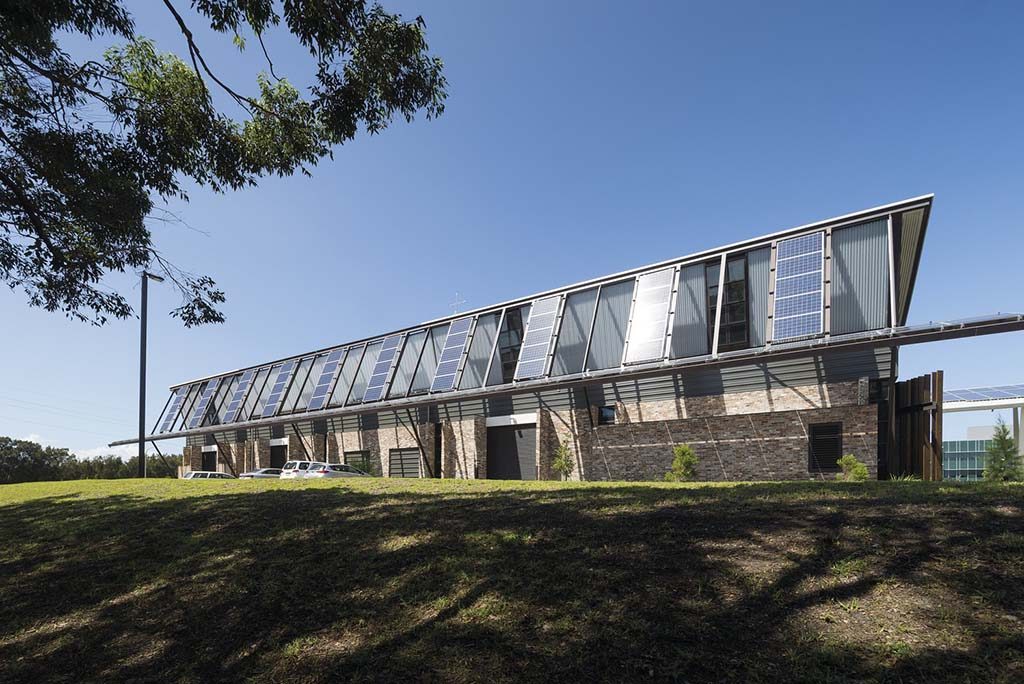In the quest for energy-efficient homes, many homeowners and real estate developers strive to reduce energy consumption, lower utility bills, and shrink their carbon footprint. While the intention is noble, several common mistakes can derail these efforts, leading to less efficiency and increased costs. Understanding and avoiding these pitfalls is crucial for achieving true energy efficiency.

Introduction to Energy-Efficient Homes
Building or renovating a home to make it more energy-efficient can seem like a straightforward task. However, the path is fraught with misunderstandings and overlooked details that may impact the home’s overall performance. In this guide, we explore energy-efficient homes common mistakes to help you navigate this often complex process successfully.
Importance of Energy Efficiency
The significance of implementing energy-efficient practices in homes extends beyond cost savings. It significantly contributes to environmental sustainability and enhances the property’s market value. As energy demands grow, creating sustainable dwellings has become a critical aspect of modern construction and renovation projects.
Mistake #1: Ignoring Thermal Insulation
A critical mistake is failing to invest in high-quality thermal insulation. Insufficient insulation results in heat loss during winter and overheating in summer, which increases energy consumption for heating and cooling. Quality insulation materials and correct installation methods are vital for maintaining comfortable temperatures year-round.
Mistake #2: Overlooking Proper Ventilation
Another common oversight is inadequate ventilation. A well-ventilated home helps circulate fresh air, remove pollutants, and maintain indoor air quality. Neglecting ventilation can lead to moisture build-up and poor air quality, which can affect both the homes energy efficiency and the occupants’ health.
Mistake #3: Misunderstanding of Solar Orientation
Homeowners often underestimate the importance of a home’s solar orientation. Proper orientation can maximize natural light and heat from the sun, significantly reducing the need for artificial lighting and heating. An optimal orientation can also mitigate overheating during warmer months.
Mistake #4: Inappropriate Window Selection
Windows play a crucial role in home energy efficiency. Choosing the wrong type of windows, especially those that are not double- or triple-glazed, can hurt the house’s thermal performance. Energy-efficient windows can prevent heat loss and reduce the need for artificial cooling.
Mistake #5: Neglecting Air Sealing
Poor air sealing can result in significant energy loss and compromise indoor temperatures. Gaps around doors, windows, and other openings should be identified and sealed to prevent drafts and maintain energy performance.
Solutions for Common Mistakes
Enhancing Thermal Insulation
Invest in the best thermal insulation materials, such as polyurethane foam or cellulose, to ensure effective heat conservation. Consider consulting professionals for proper installation techniques.
Improving Ventilation Systems
Incorporate efficient ventilation systems like heat recovery ventilators (HRVs) or energy recovery ventilators (ERVs). These systems provide a steady flow of fresh air while maintaining energy efficiency by transferring heat between incoming and outgoing air streams.
Optimizing Solar Orientation
Pay attention to the orientation of your home or new additions. Proper orientation allows for the strategic use of solar gain in the winter and solar shading in the summer, balancing energy needs across seasons.
Choosing the Right Windows
Select windows with appropriate glazing and consider low-emissivity (Low-E) coatings that minimize unwanted heat transfer. These energy-efficient windows are essential components of modern energy-smart homes.
Ensuring Efficient Air Sealing
Identify and seal potential areas of air leakage. Using high-quality sealants around openings and joints can significantly improve your homes energy efficiency.
Additional Considerations for Homeowners
Beyond avoiding these mistakes, homeowners should consider other energy efficiency measures such as using LED lighting, installing smart thermostats, and selecting energy-star-rated appliances. These additions further enhance the energy-saving potential of homes.
Conclusion: Building a Truly Energy-Efficient Home
By becoming aware of and addressing energy-efficient homes common mistakes, homeowners and developers can create environments that are both cost-effective and sustainable. The journey towards an energy-efficient home requires careful planning, attention to detail, and a commitment to continuous improvement.
For more detailed information on long-term energy-efficient strategies, visit our guide on LEED Certification Strategies and explore the common pitfalls to avoid in LEED Certification.
Additionally, if you wish to dive deeper into green building concepts, resources like the Green Building Guide offer valuable insights into sustainable construction practices.

FAQs on Energy-Efficient Homes
What is the most common mistake in energy-efficient home design?
The most common mistake is likely overlooking proper insulation and air sealing, which can significantly impact home energy consumption.
How can homeowners improve ventilation in energy-efficient homes?
Homeowners can improve ventilation by installing systems like energy recovery ventilators (ERVs) which provide fresh air exchange with minimal energy loss.
Why is solar orientation important in home energy efficiency?
Solar orientation is essential because it maximizes natural light and warmth from the sun, reducing the need for artificial lighting and heating and optimizing energy use throughout the year.
This article contains affiliate links. We may earn a commission at no extra cost to you.



